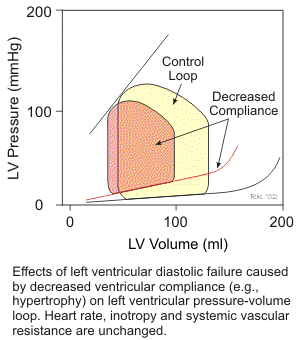- Joined
- Jun 3, 2007
- Messages
- 4,838
- Reaction score
- 3,262
Does phenylephrine primarily constrict arterial side, or venous side?
It depends on your source -
My Cardiac Anesthesia (albeit third edition 2003) says it is mostly arterial.
OpenAnesthesia keywords claims it is mostly venous constriction (references this article
Thiele, Robert H., Edward C. Nemergut, and Carl Lynch III. "The clinical implications of isolated alpha1 adrenergic stimulation." Anesthesia & Analgesia 113.2 (2011): 297-304.)
I had always thought it was venous, but then two residents told me it was arterial and Hensley's book (as mentioned above) agrees with this.
So....
Does anyone REALLY know the answer?
It probably doesn't matter - but if I am going to pimp residents, I probably should be correct. 🙂
It depends on your source -
My Cardiac Anesthesia (albeit third edition 2003) says it is mostly arterial.
OpenAnesthesia keywords claims it is mostly venous constriction (references this article
Thiele, Robert H., Edward C. Nemergut, and Carl Lynch III. "The clinical implications of isolated alpha1 adrenergic stimulation." Anesthesia & Analgesia 113.2 (2011): 297-304.)
I had always thought it was venous, but then two residents told me it was arterial and Hensley's book (as mentioned above) agrees with this.
So....
Does anyone REALLY know the answer?
It probably doesn't matter - but if I am going to pimp residents, I probably should be correct. 🙂
Last edited:


